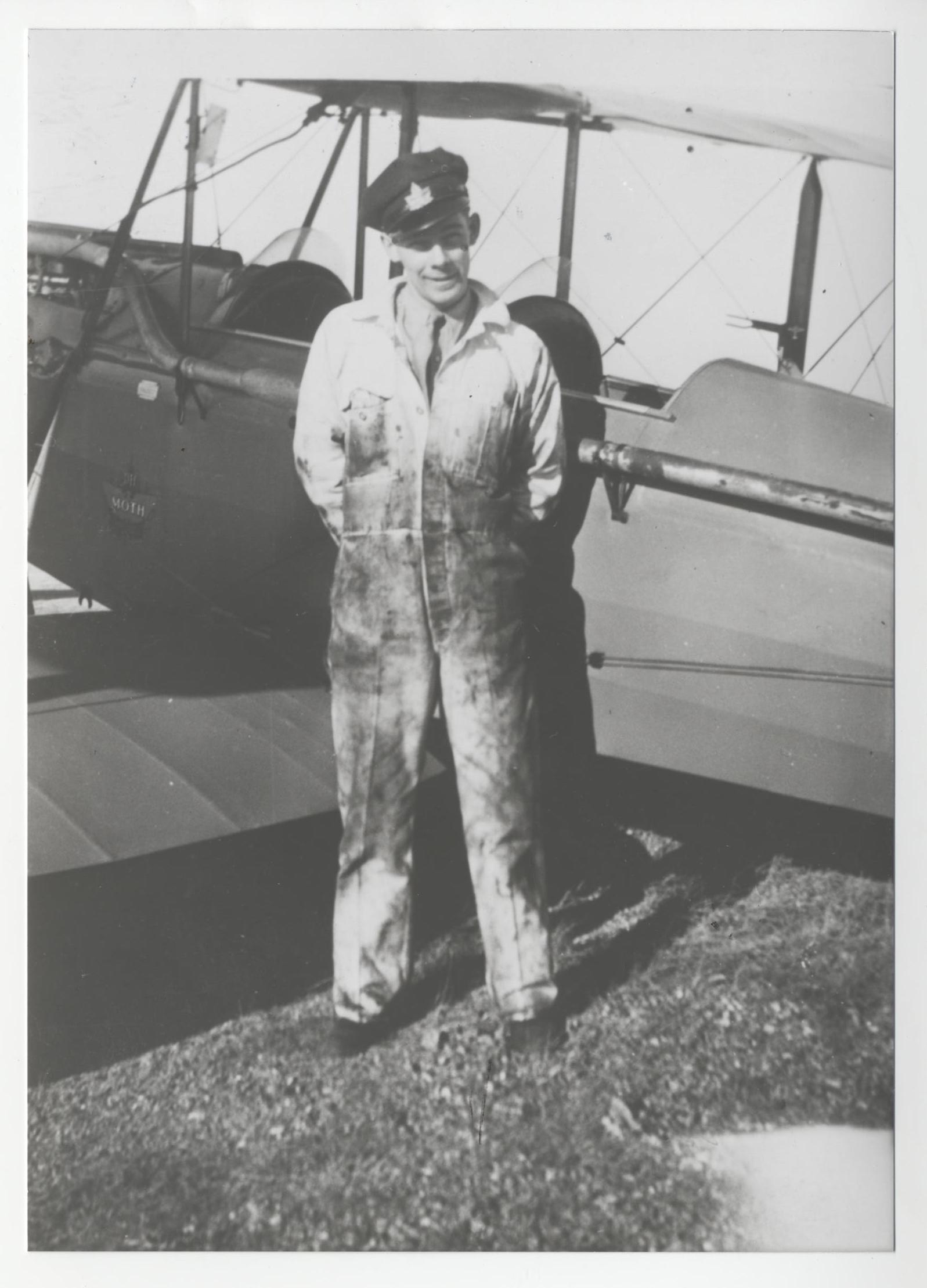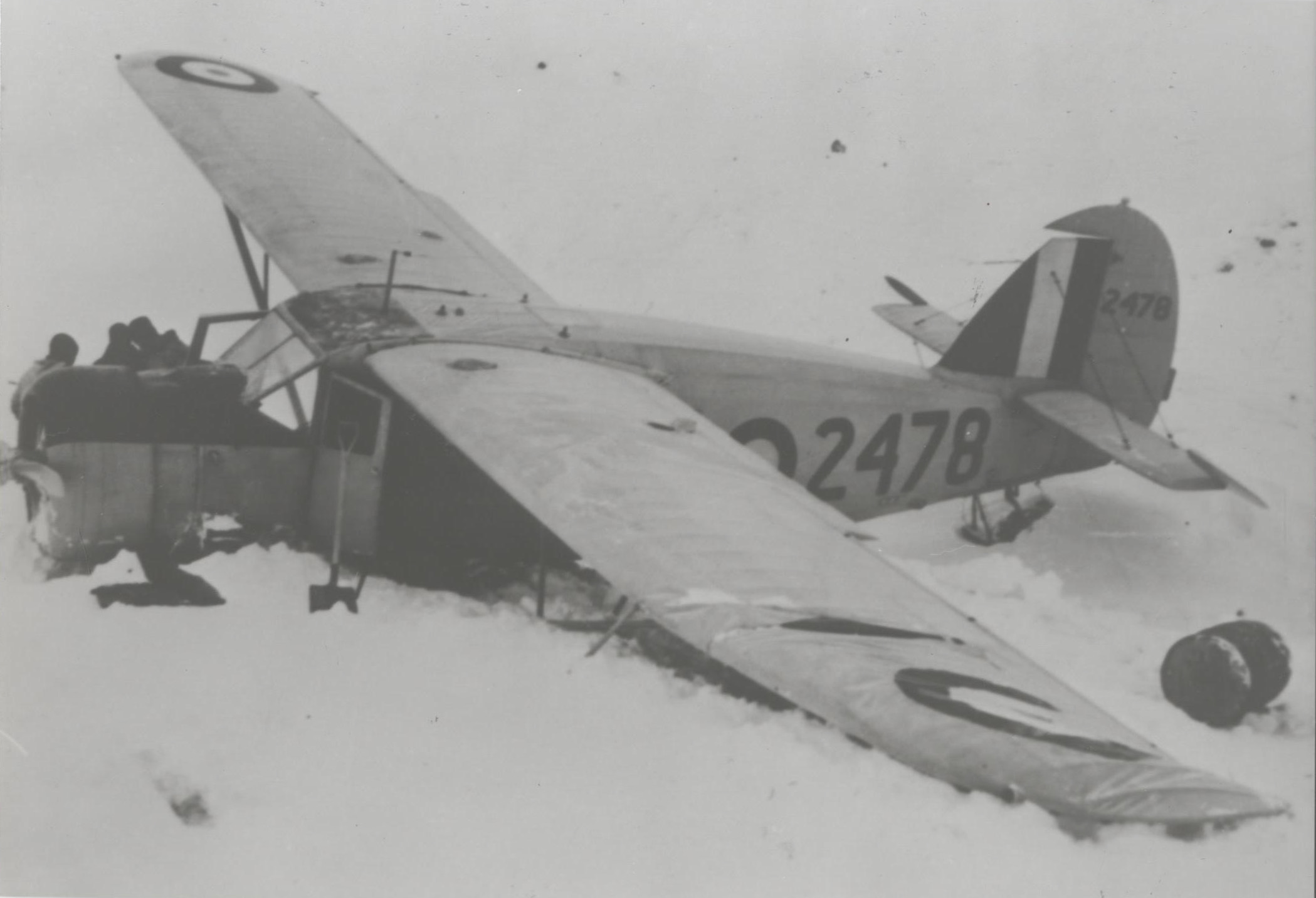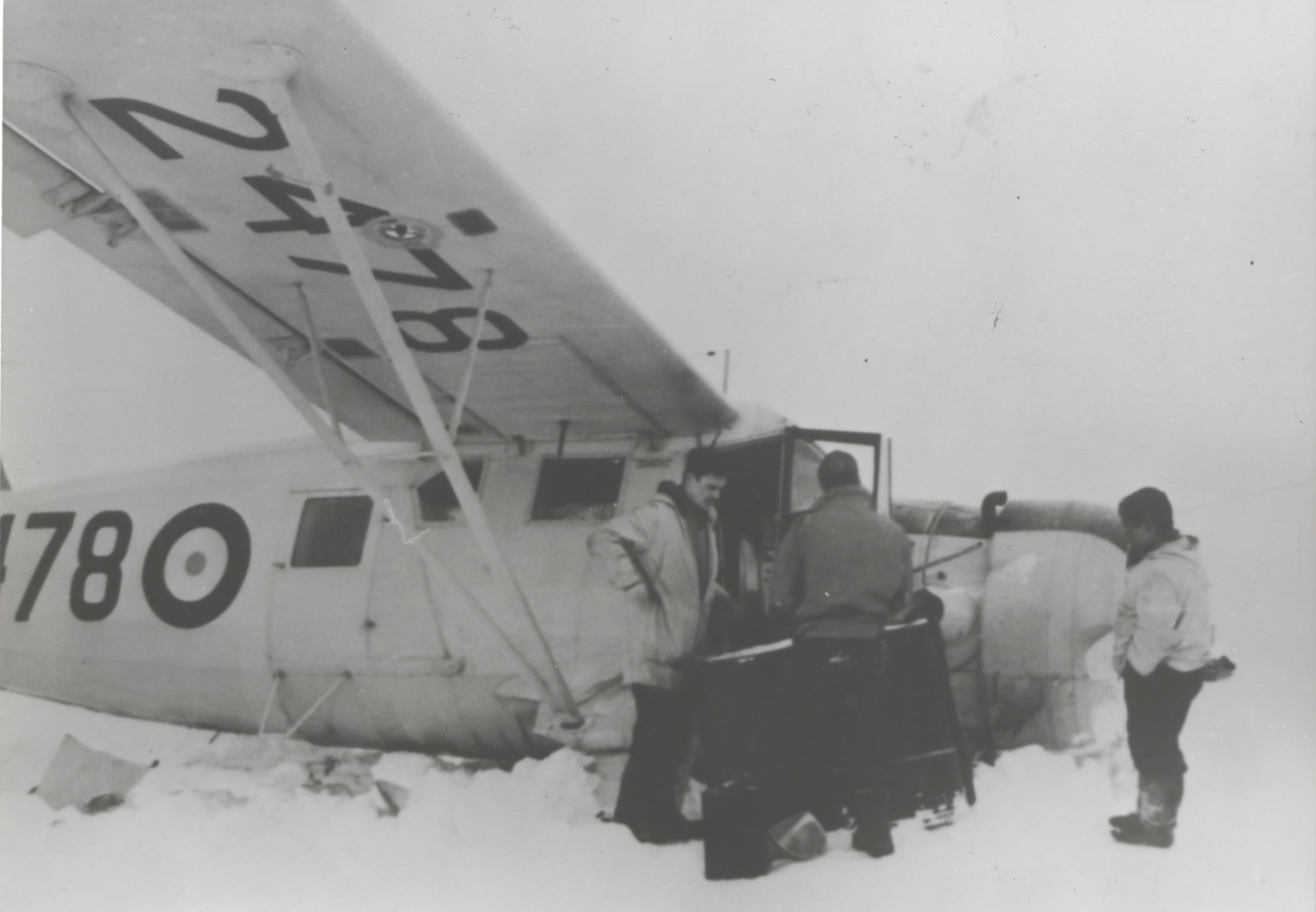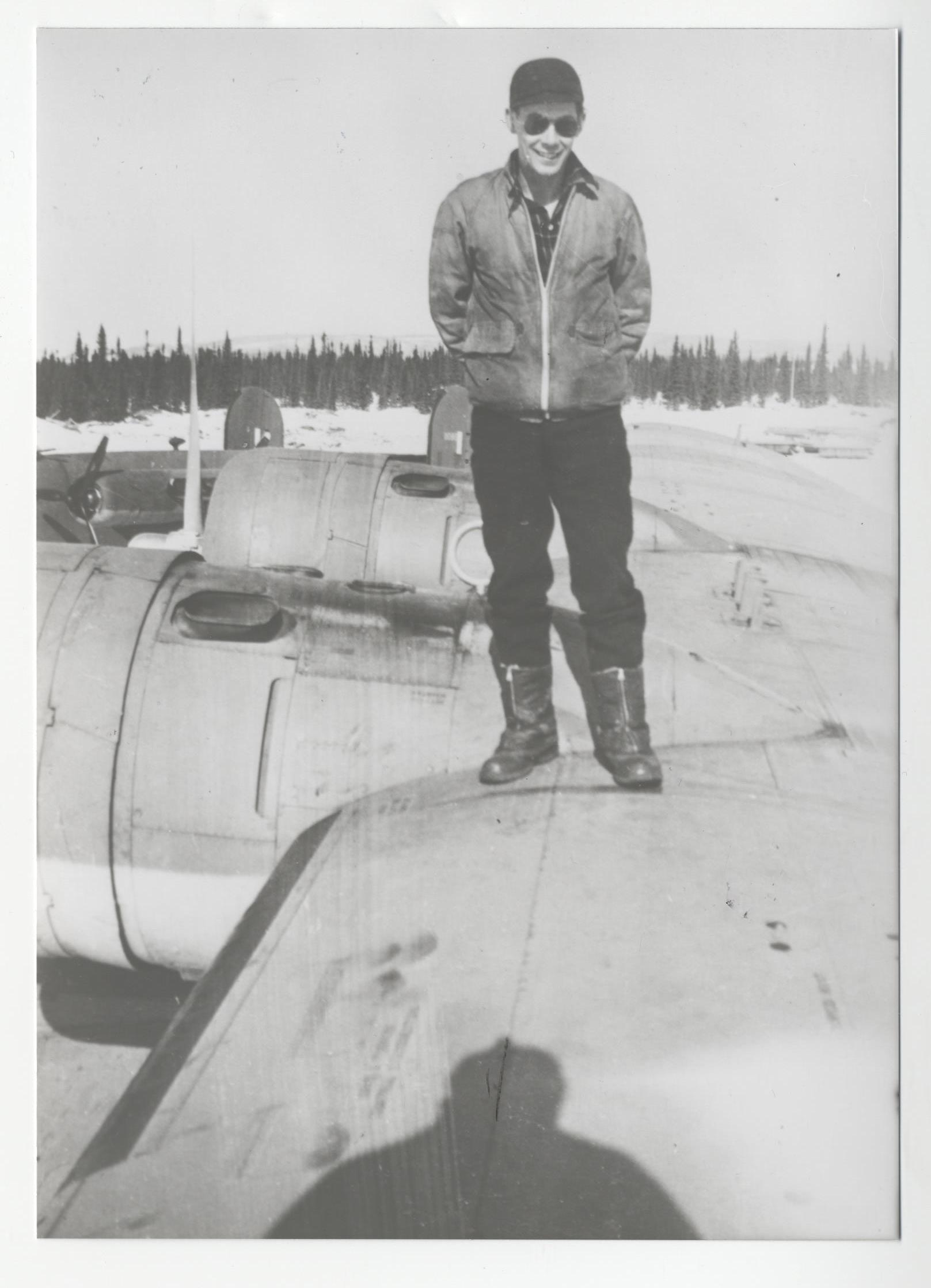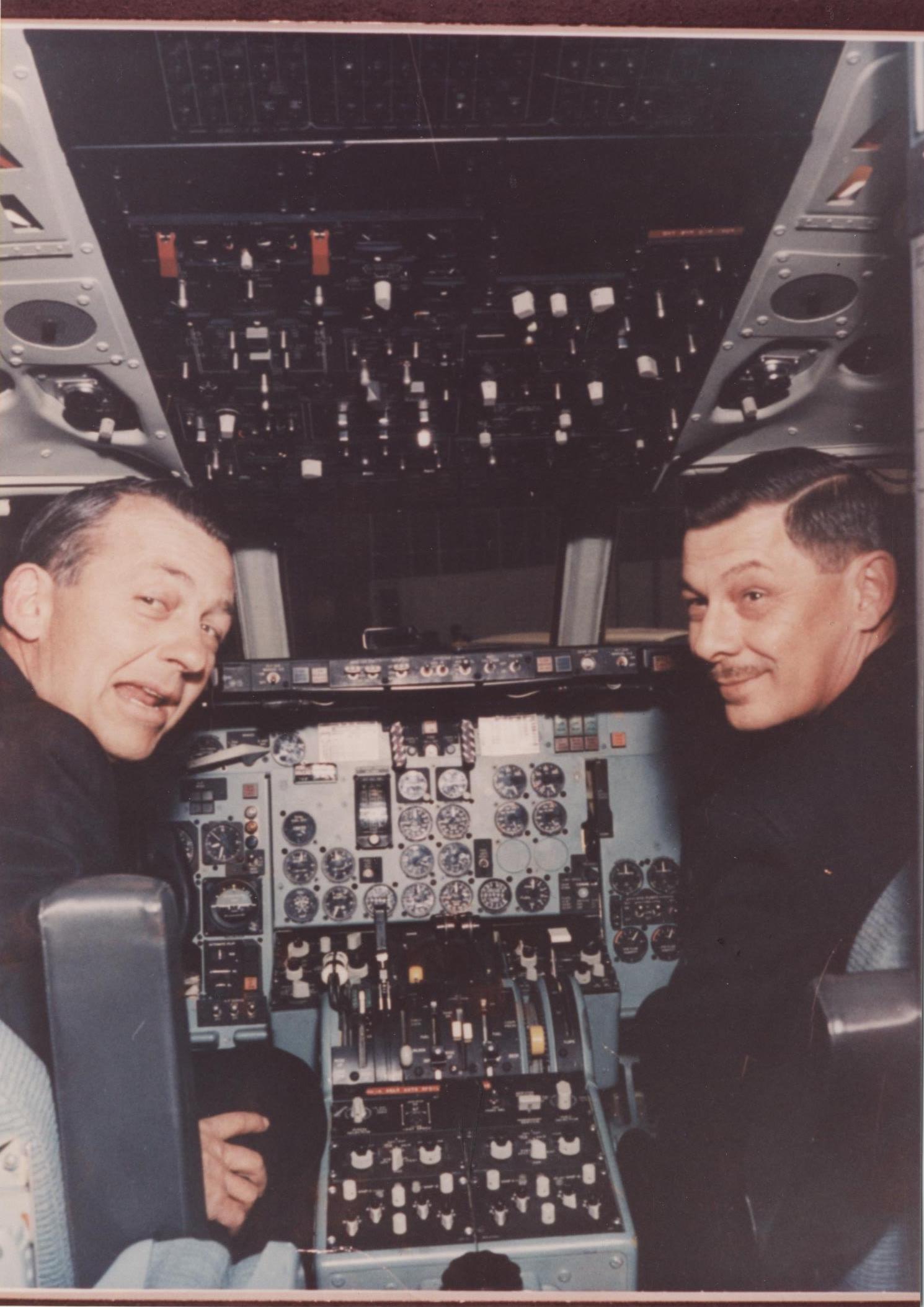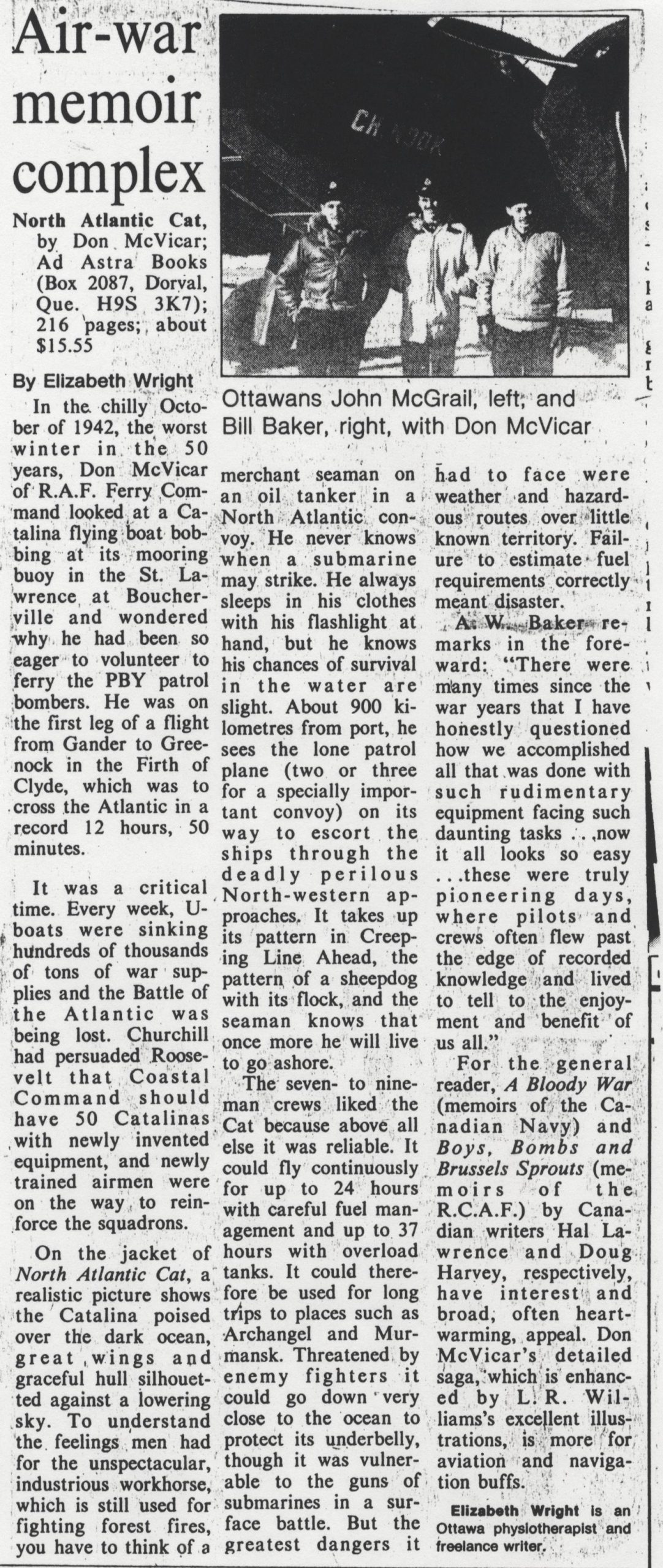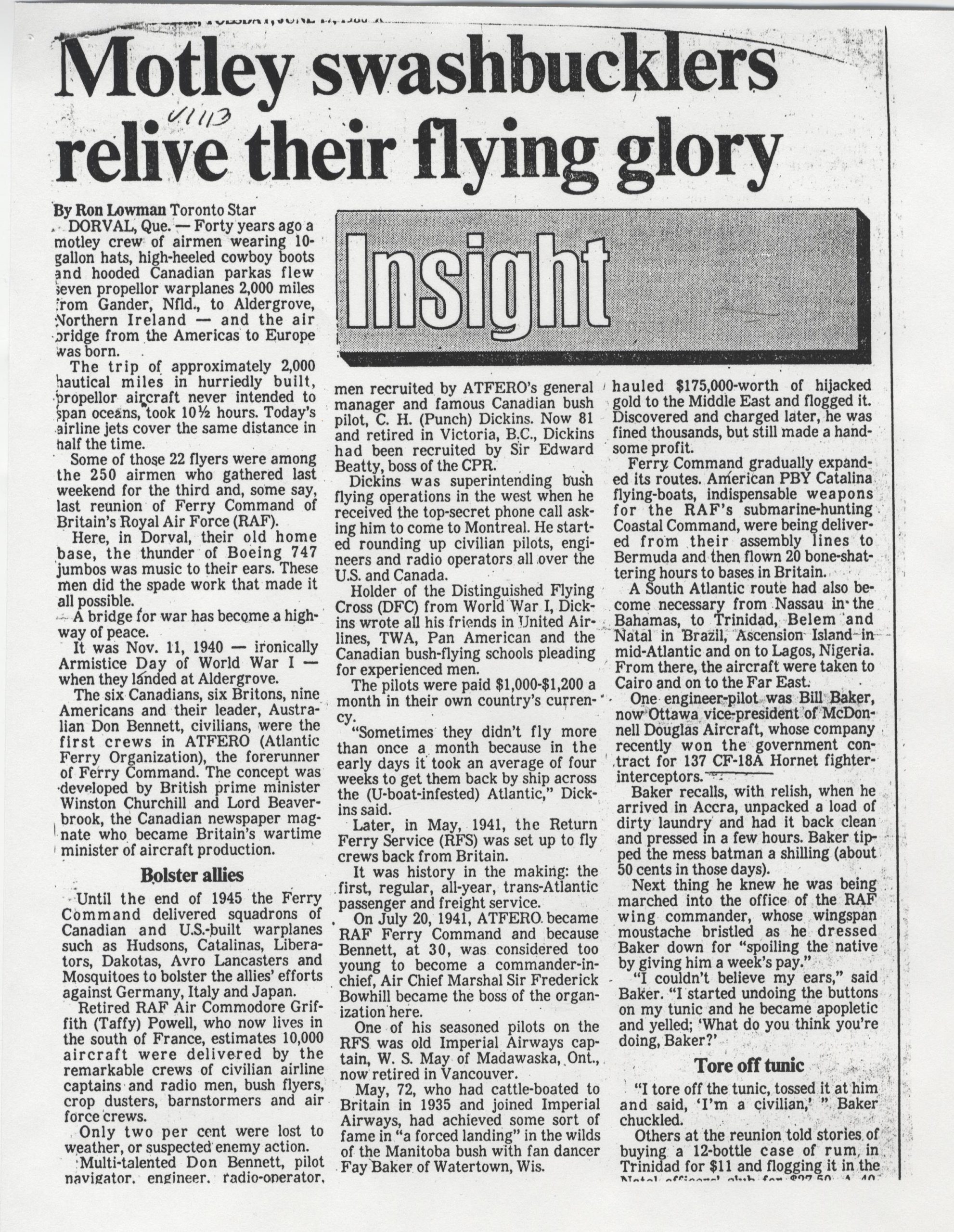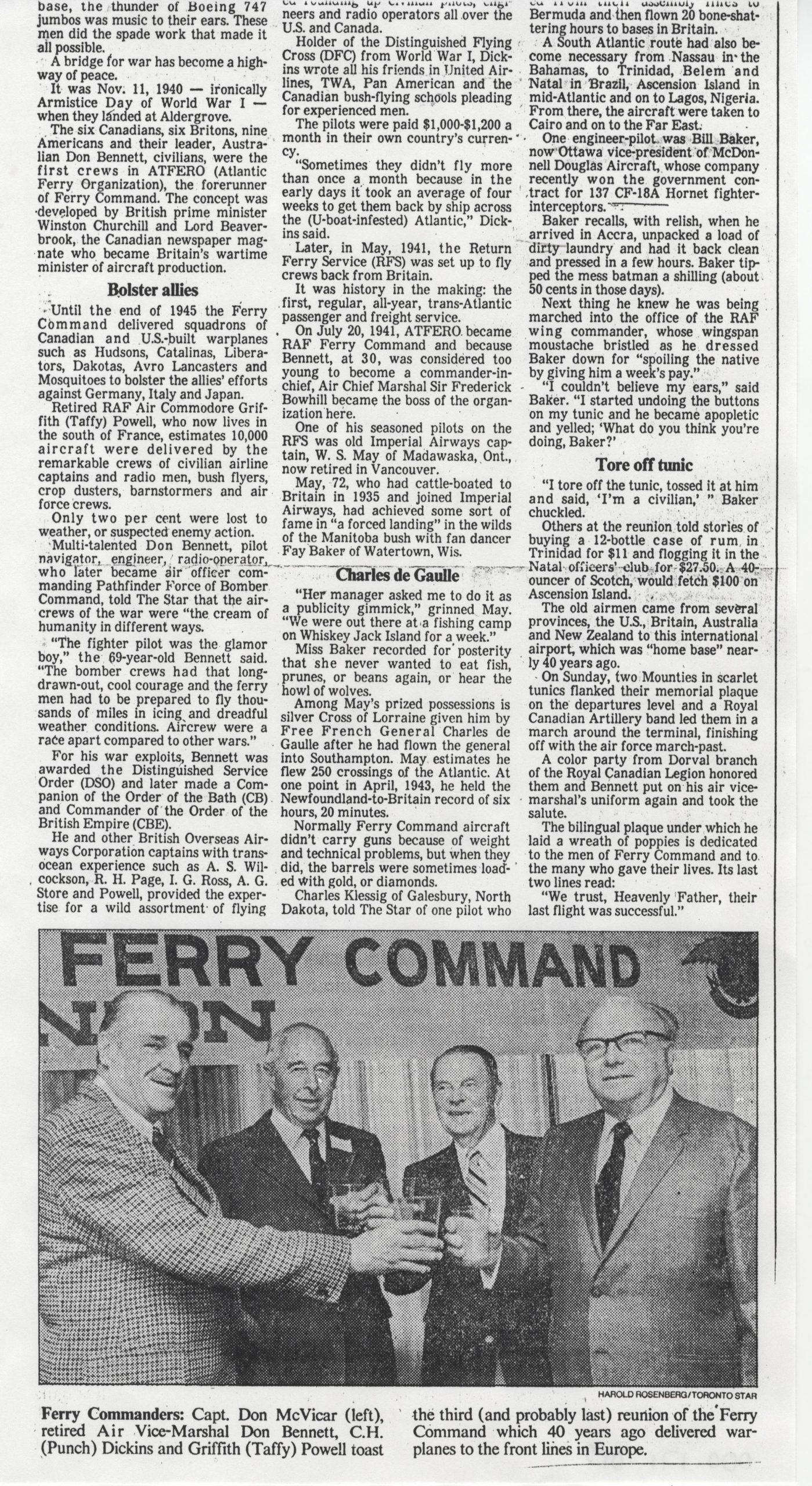Albert William Baker
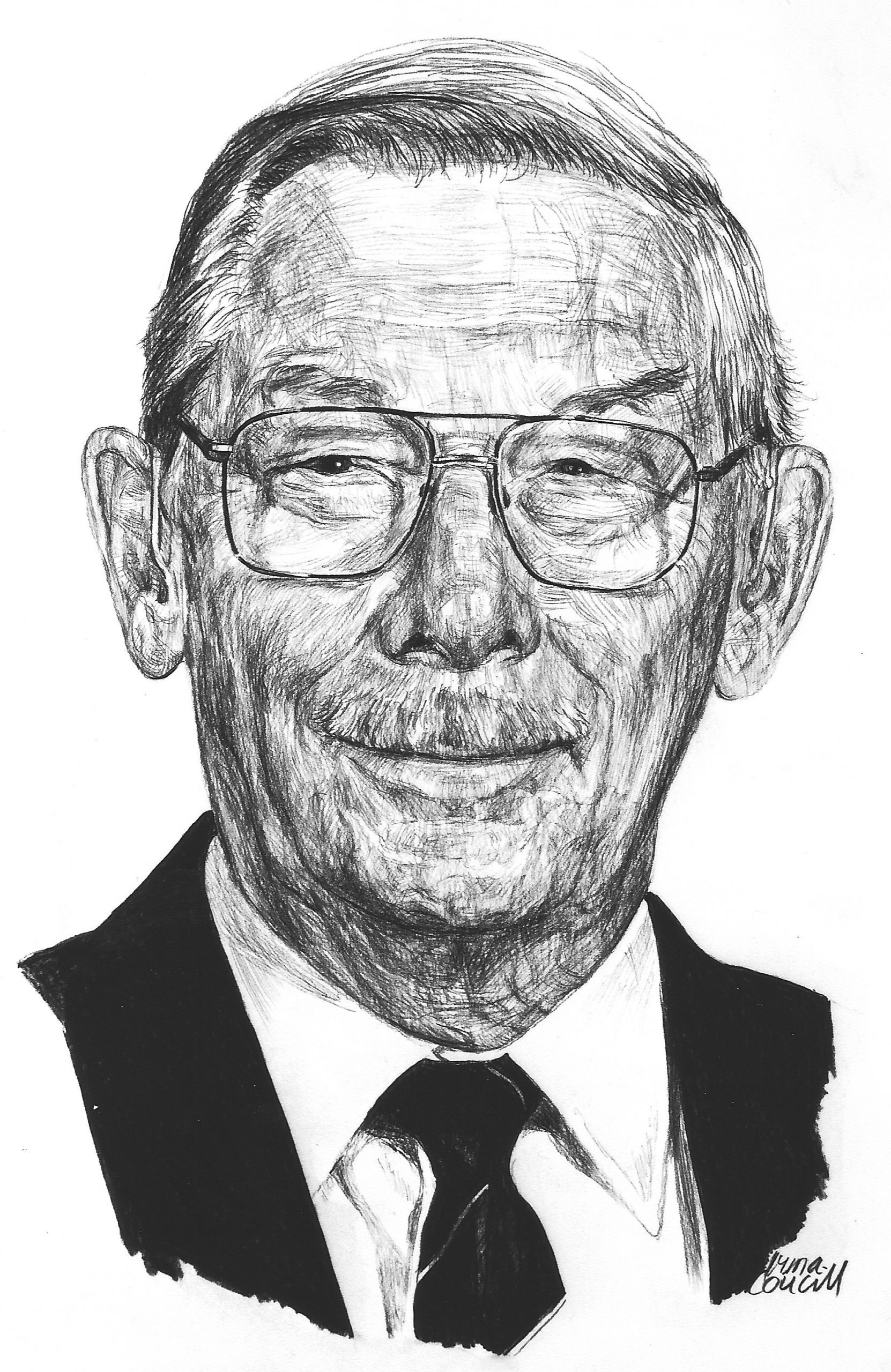
Nickname: Bill
Birth Date: May 4, 1918
Birth Place: Montreal, Quebec
Death Date: March 6, 2008
Year Inducted: 2000
His consummate organizational and marketing skills, backed by his wealth of engineering knowledge and his patriotism over forty five years in Canadian aviation, have been of great benefit to this nation
Engineering and the War
Albert William 'Bill' Baker was born on May 4, 1918 in Montreal, Quebec. He was raised in Moose Jaw, Saskatchewan and learned to fly at the local flying club, obtaining his Private Pilot's Licence in July of 1936 and a Commercial Licence in March 1938. He was employed by the Moose Jaw Flying Club as their first apprentice engineer in late 1936. He obtained his A & C Air Engineer's Licence in August of 1939.
When Prairie Airways LTD of Moose Jaw obtained the rights for airmail and passenger service between the major cities of Saskatchewan in 1937, the repair and overhaul shop operated by the flying club was transferred to this airline. The activity in the shop was expanded to include engine and airframe overhauls for outside customers and in 1938 Baker was made foreman for some thirty men. With the advent of WW II, the shop's activities expanded rapidly to perform RCAF contracts such as the modification of British-built Anson aircraft for Canadian service and the overhaul of the Cessna Crane T50, Baker was made Chief Inspector of the rapidly expanding facility.
In spite of the increased responsibilities, he was anxious to pursue a more active role in the war effort and was given permission to apply to the Bomber Ferry Group developing in Montreal. In September, 1941 he was turned down as Captain due to a lack of instrument flying experience but was hired as an inspector before assuming the role of flight engineer in December 1941.
New Key Role
In January of 1942 Baker was selected to a key role on a projected high Arctic expedition and survey flight requested by the United States Army Air Corps (USAAC) and to be carried out by Ferry Command personnel. He was named engineer responsible for modifying and equipping two Norseman aircraft to perform surveys in northern Labrador and Baffin Island with the stipulation that, other than for fuel and oil, the two aircraft had to be self-sufficient. He accompanied the expedition as co-pilot and was responsible for aircraft maintenance.
In spite of extreme weather conditions, navigation difficulties, structural failure in one aircraft and impossible communication problems, the assignment was completed. The east coast of Baffin Island was viewed as far as 69°N and two sites were recommended for airstrips. Baker's knowledge, initiative, skill and hard work were vital elements in the over-all effort.
Delivery Flights
In April 1942, Baker was headed north again as Flight Engineer on a Canso aircraft, one of a group of three aircraft to attempt the first aircraft delivery flight to Scotland through Goose Bay, Labrador, Greenland and Iceland, and return via the same route. He received special commendations from the Air Council of Great Britain, the Air Ministry and Royal Air Force Ferry Command for his valuable work on these northern trips.
During the following year Baker carried out many delivery flights to Africa and Great Britain over many routes and varying flying conditions, gaining great experience and valuable skills. On March 15, 1943 he was appointed Senior Flight Engineer and transferred to the newly formed No. 231 Squadron which would provide aircraft and skilled crews for world-wide transport of V.I.P.'s return of ferry crew and special flights. In September he was appointed co-pilot.engineer of a Hudson aircraft tasked to carry out a series of flights using newly created airstrips across northern Canada and Greenland, known as the Crimson Route, to Great Britain. In a period of thirty-four days, two return trips were completed between Edmonton and Scotland, utilizing six bases in Canada, four in Greenland, and two in Iceland.
In November of 1943, in addition to his normal flight crew duties, he was appointed in charge of a Test and Technical Group responsible for developing operational and maintenance procedures for all aircraft in his squadron. He flew many thousands of hours with Ferry Command and was one of the last civilian airmen to be terminated at Dorval, Quebec in December 1945.
New Opportunities
In mid-December, 1945 Baker was hired to help develop and establish an international airline for the Argentine government. He acted as Chief Technical Advisor to the Operations, Engineering and Maintenance Department of what was to become Aerolineas Argentina.
On returning to Canada, he joined Avro Aircraft in Malton, Ontario in January of 1949 to aid in the development of the C-102 Jetliner. He was Flight Engineer on the first flight of this aircraft on which Donald H Rogers was co-pilot. He remained in this capacity for over 300 hours of test flying the C-102, but left Avro when government funding for the Jetliner was cancelled.
In January 1952 Baker joined a newly established company, Aero Sales Engineering, which was developing products for Canadian aerospace companies. As Sales Manager and Deputy General Manager, he was involved in marketing specialized equipment for most of the Canadian aircraft and engines produced during the 1950s. The company later became Garrett Manufacturing Company and grew from the original two men to over five hundred personnel.
In 1955 Baker became one of the earliest members of the Canadian Aeronautics and Space Institute (CASI) and was elected an Associate Fellow in 1968. He was active in both the Air Industries and Air Transport Association of Canada throughout his period in Ottawa, chairing a variety of committees.
In 1960 he took over the management of Fleet Manufacturing Company in Fort Erie, Ontario. At the time, the company was on the verge of bankruptcy and lacked direction. Within a year he had it growing and profitable, developing new products and a large export trade. At the end of five years under his direction, Fleet employed over seven hundred people and had an order backlog for many years to come.
Continuing Company Growth
In December, 1965 Baker became Vice President of Operations and a Director of Douglas Aircraft of Canada. This company grew rapidly under his direction, manufacturing parts for all DC-9's. He became Vice President, Deputy General Manager in 1966 and initiated studies and planning in order to be competitive in supplying the wing for all new DC-10 aircraft. Through his imaginative efforts, a contract was acquired for this work, creating thousands of jobs for Canadians and contributing billions of dollars to the export market.
In 1970 he moved to Ottawa, Ontario to become Senior Vice President and Director of McDonnell Douglas Canada, Vice President McDonnell Douglas International Sales and Vice President Ottawa, McDonnell Douglas Corporation. He was team leader in the successful marketing of DC-10 aircraft in Canada and for the sale of the CF-18 to the Canadian Forces. He held these responsibilities until he retired in 1983. He resided in Tilsonburg, Ontario and died on March 6, 2008 in Cambridge, Ontario.
Albert William 'Bill' Baker was inducted as a Member of Canada's Aviation Hall of Fame in 2000 at a ceremony held in Wetaskiwin, Alberta.
News Stories
To return to the Inductee Page, please click here.

